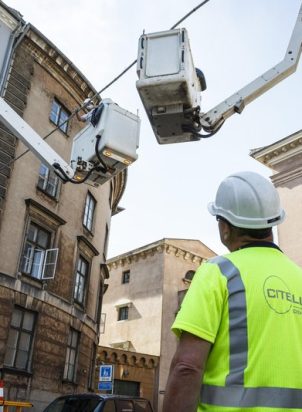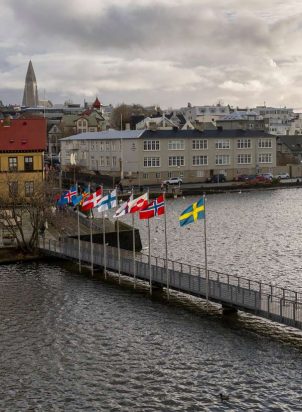Industrial symbiosis (IS) is vitally important in facilitating the move towards a circular economy. It helps the industries and businesses to cooperate in the exchange of natural resources and production infrastructures. Strong public and private sector leadership and firm links between industry and research institutes are essential for effective IS initiatives. To facilitate the process, Nordregio together with the partners in BSR Stars S3 project, studied successful cases and created a 11-step precept how to implement IS on private and public sectors.
Industrial symbiosis brings many benefits including cost savings, a reduction in consumption of natural resources and the elimination of waste. Challenges in its implementation remain, however, not least insufficient facilitation from public authorities, low levels of public and private investment, weak links between industry and research institutes, and the need to improve information flows to enhance stakeholder awareness of the benefits of IS collaborations. The Baltic Sea Region is a forerunner in the design and implementation of IS initiatives at regional, national and macro-regional levels. Stakeholders in the Baltic Sea Region have a long tradition of collaboration, which leaves them well placed to take advantage of the benefits of IS. Based on the study, IS implementation requires:
- TRUST – Encourage an active leadership role for public authorities in motivating and facilitating collaboration in regional IS clusters and networks to build trust among industries, business development organisations and research institutes.
- MAPPING – Increase efforts to include IS and circular economy activities in regional strategies by mapping areas of regional IS strengths and development potential in entrepreneurial discovery workshops with local experts.
- INCENTIVES – Provide financial incentives for industry and research institutes to engage with IS initiatives, such as tax exemptions and IS-earmarked national or EU level public procurement funding.
- FINANCING – Explore private sector IS financing models, for example private for-profit platform companies.
- DEMAND – Establish stronger links between local industry and research institutes to ensure that IS research, training and business models meet the needs of the private sector.
- STRONG LEAD – Encourage industry to take a leading role in coordinating the development of IS platforms by raising its awareness of the potential benefits of involvement.
- MATERIAL FLOWS – Encourage public authorities, universities and research institutes to map regional material flows and IS stakeholders.
- BEST PRACTICES – Disseminate information on IS best practices to promote learning among regional stakeholders.
- VISION – Encourage the development of long-term regional IS visions and planning support tools through the development of strategic roadmaps and future scenario plans.
- PROMOTION – Advertise regional IS initiatives to international audiences to promote the region’s sustainable good practices and image to maximise the potential for transnational collaborations.
- CONDITIONS – Local public authorities to promote conditions for industrial symbiosis in urban areas, and facilitate public and private sector interest and capabilities to form industrial symbiosis in urban districts.
The steps come to live through good cases, like ECO3 Platform (Tampere region, Finland) and The Paper Province (Värmland, Sweden). The 11 steps were a part of recently published Policy Brief on Industrial Symbiosis in the Baltic Sea Region: Current Practices and Guidelines for New Initiatives by BSR Stars S3 (Smart specialization through cross-sectoral bio-, circular and digital ecosystems) project, which seeks to enhance growth opportunities in the Baltic Sea Region, focusing on the bio-/circular and digital economy fields.




